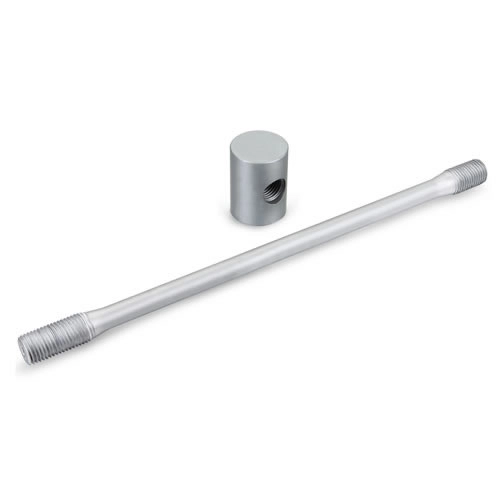The role of bearings in wind turbines
Author: SAIVS Date Published: Jul 17,2023
What is wind turbines
Wind turbines are machines that convert the kinetic energy from wind into electrical energy,
thus making it possible to generate power from a renewable and non-polluting source.
Large modern wind turbines consist of three main parts: the rotor, the generator, and the tower.
The rotor, consisting of two or three blades and a hub,
captures the kinetic energy from the wind and converts it into rotational motion.
This rotational motion is then transmitted, through a gearbox and a high-speed shaft,
to the generator, where it is converted into electrical energy.
Finally, the tower provides support for the entire wind turbine structure,
raising the rotor and the generator to a height where they can take advantage of higher wind speeds.
The importance of bearing
The use of bearings in wind turbines is crucial for their proper operation.
Bearings are used in the rotor hub, the gearbox,
and the generator to allow for rotation of the various components with minimal friction.
The bearings used in wind turbines need to be able to withstand the high loads
and speeds that are present in these applications while also being able to operate with minimal maintenance and downtime.
Types of bearing
Ball Bearings
These bearings are the most commonly used type and consist of a ball held in place by an inner and outer ring.
Ball bearings are able to handle both radial and axial loads
and are suitable for applications where high-speed rotation is required.
Roller Bearings
These bearings are similar to ball bearings but use cylindrical or tapered rollers instead of balls.
Roller bearings are better able to handle heavier loads and are often used in applications where shock loads are present.
Spherical Roller Bearings
These bearings use two rows of barrel-shaped rollers and are able to handle very heavy loads and misalignment of shafts.
Why Choose SAIVS™ as Your Supplier?
1.Superb Quality Control Management
At SAIVS, we take pride in our perfect quality management systems and procedures, which guarantees the excellent performance of all our producs, being a professional Investment Casting | Die Casting| Sand Castingmanufacturer in China.
2.Rich Production Experience
With 20 years of experience in production, SAIVS has a deep understanding of the market and trends, and strives for continuous research and innovation. This has created advantages in both the product's performance and appearance.
3.Competitive Prices
As a Chinese factory committed to becoming the most cost-effective Investment Casting | Die Casting| Sand Castingexporter in China, SAIVS provides high-quality products at advantageous prices. By lowering costs and increasing efficiency, we ensure that our customers receive the best possible value for their investment.
4.Perfect After-sales Service
At SAIVS, we strive to provide superior customer service that meets and exceeds expectations. We are always available for any questions or concerns you may have, and we stand by our commitment to providing excellent after-sales support.
Related Posts
-
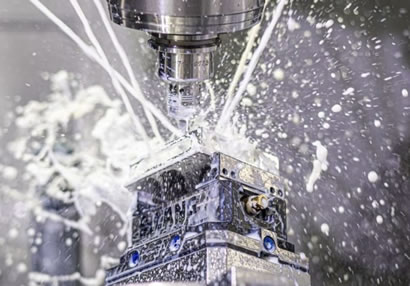
How CNC Machining Is Changing the Medical Industry
Digital motors, sophisticated software, and specialized cutting tools are yielding precision, repeatability, and scalability in CNC machining.Products, devices,...
-
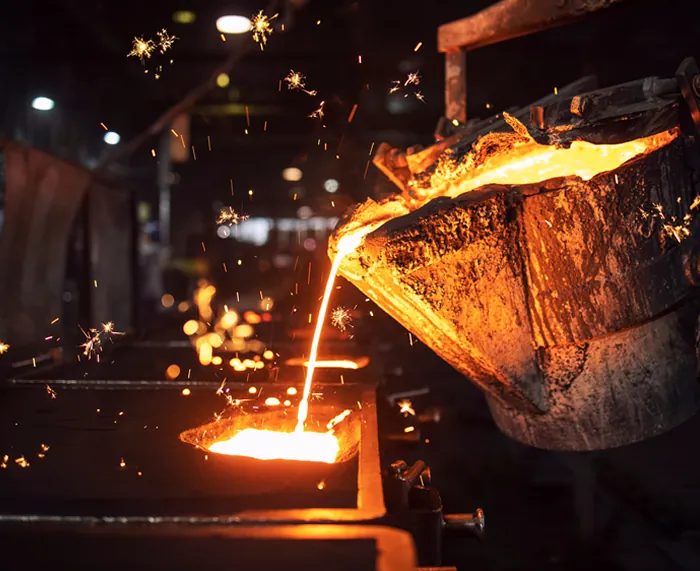
Die Casting Temperature Control: Improve Casting Quality and Production Efficiency
Die casting mold temperature affects casting quality and productivity. Learn how to control temperature for optimal casting.
-
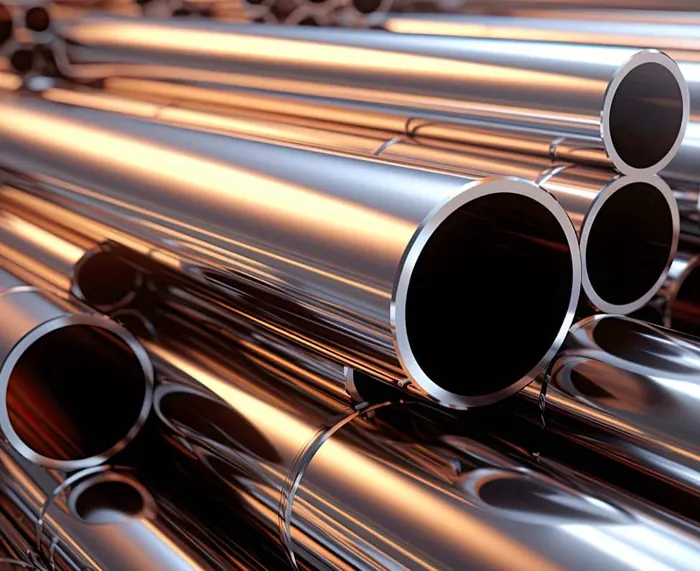
Aluminum: A Versatile Metal with a Duality in Spelling
Aluminum is a versatile metal with a wide range of applications. This article will discuss the history of aluminum, its properties, and its applications.
-
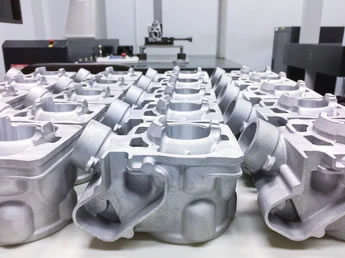
Aluminium Casting Vs. Steel Casting: Which Alloy Is Right For Your Product
Introducing Green Sand CastingCasting products are used in a variety of industries, making casting an important manufacturing process. Many of these products ar...
-
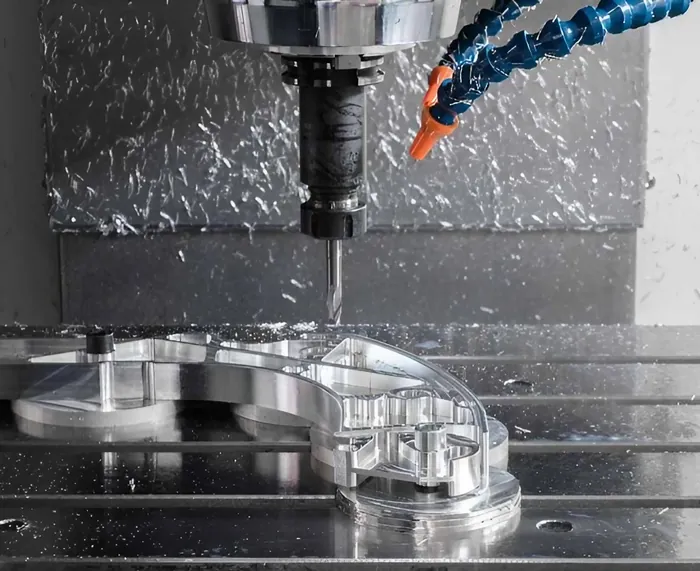
Aluminum CNC vs Stainless Steel CNC: What Are The Differences
IntroductionStainless steel and aluminum are two of the most common materials used in CNC machining. Both materials have their unique advantages and disadvantag...
-
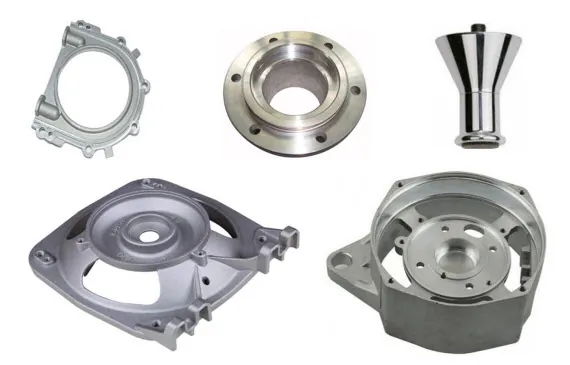
Why Automotive Parts Use Zinc Die Castings
IntroductionIn the automotive industry, the use of high-quality materials is crucial for manufacturing durable and efficient components.Zinc die castings have g...

